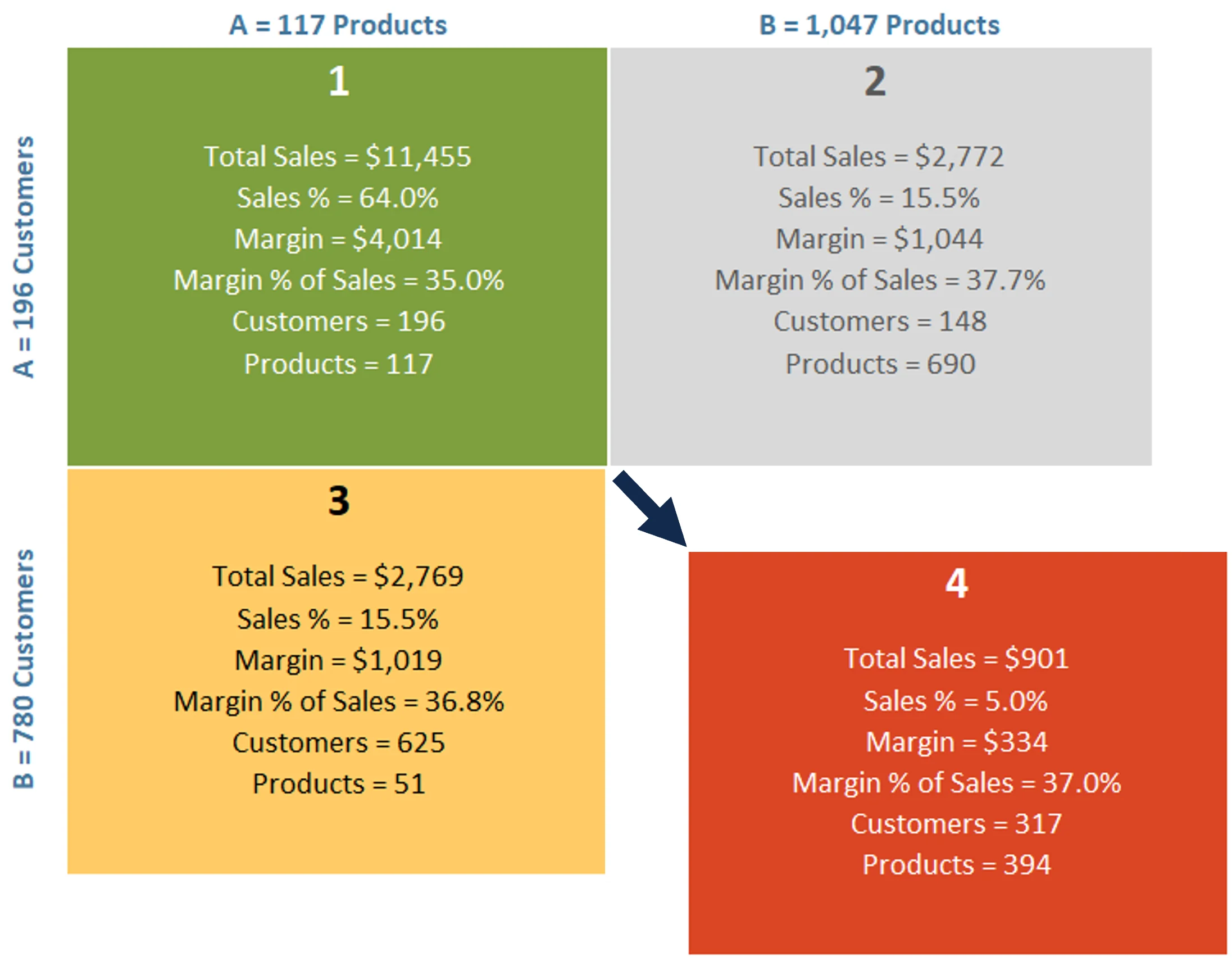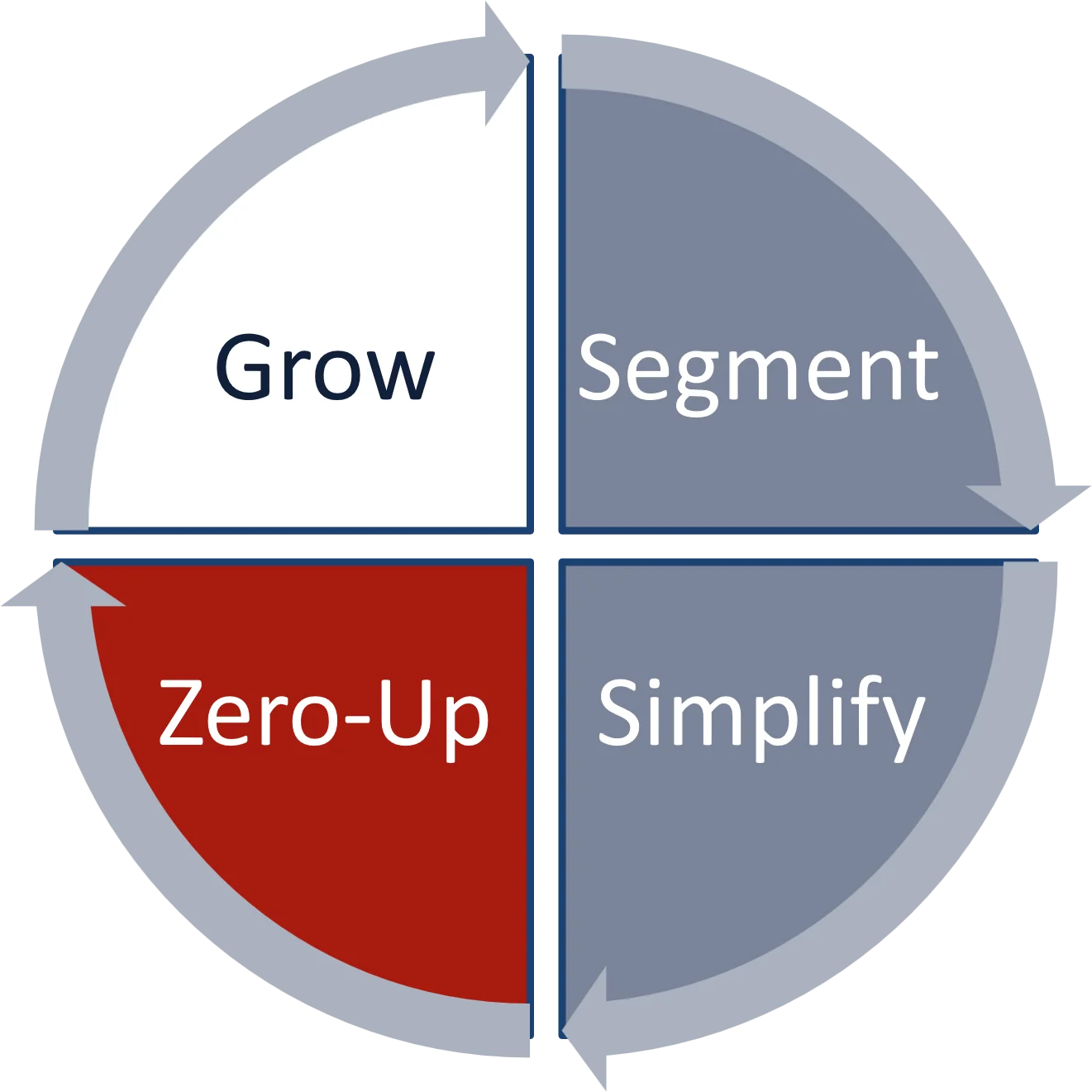A Daydream Worth Dreaming
August 13, 2023

When the Pareto Principle, the 80/20 Rule, whispers in your ear that roughly 20 percent of your customers are responsible for roughly 80 percent of your revenue, it’s time to dream a beautiful daydream.
Go ahead. Dream it. What if that 20 percent were 100 percent of your customers? What if you didn’t have to lavish costly attention on the 80 percent of your customers who produce just 20 percent of your revenue? Well, then you could devote everything to selling and serving your top-performing customers.

Pleasant thought. So, think it through.
If your top 20 percent customers were your only customers, what, exactly, would it take to serve them and only them? First and foremost, you need to deploy only the best people you have, especially in sales and consultative selling. The rest get pink slips and are off your payroll.
Identifying your top performers is not as easy as it sounds. You may know who the top performers are in your current organization, but that organization does not serve only the top 20 percent of its customers. In other words, you probably have a very good idea of what it takes to serve 100 percent of your customers, but you lack experience-based knowledge of what it takes to serve just the 20 percent who matter most.
So, daydream a little harder. Draw up a mental list of what it takes to be an A player capable of serving A customers for every role required in your organization after the organization has shed the least productive 80 percent of its customer base. Eliminate the lowest 80 percent of your sales force and other customer-facing employees, along with the costs associated with them.

Your daydream at this point has downsized your company to serve a customer base 80 percent smaller than it is in real life. Along with this, the pool of customer-facing resources is also down by 80 percent. This is the first phase of “zeroing-up,” balancing the business by establishing the level of resources necessary to serve the critical few (20 percent) in preference to the trivial many (80 percent).
Next comes Part 2 of the zero-up daydream: scaling back up. Now that you have shrunk the company, you need to identify what it would take to acquire enough new A-level customers to bring your company back up to scale. The endpoint of this daydream is to envision a scaled-up version of your business that dwells almost entirely in Quad 1 of your 80/20 quad. This is the realm of your most profitable customers buying your most profitable products. It is a business of A customers buying A products.
You will need to eliminate the resources required to serve the B products and B customers. Start by cutting out the very lowest-performing customer/product quadrant, Quad 4. The more underperforming products, markets, and customers you serve, the greater your burden of resources that do nothing but suck revenue. To rebalance resources to generate profit rather than serve customers at a loss requires eliminating underperforming employees as well as the underperforming customers they serve. Underperformance among employees as well as customers is killing the company by making it difficult, maybe even impossible, to give your A-level customers A-level service.
If you underserve your most profitable customers, you will not only lose them but will neither create nor attract more of them. There is an urgent need to reallocate resources from the bottom quads to the top quads so that you can create or attract more A-level customers. Your A customers are your raving fans. You need more of them. Zeroing-up is the way to start converting customers into fanatics. Apply your A team to your A customers so that you can sell to them strategically and effectively, curating lines of products and services that your fans will clamor for.
So much for the daydream.
In practice, you will almost certainly not be able to scale up exclusively with A customers buying A products. The object, however, is to determine how many A customers you need and how many you can, in reality, get. The difference between need and get will have to be made up for by A customers purchasing B products (Quad 2) and B customers buying A products (Quad 3). Quad 4 (B customers buying B products) is quad you must either shed or price up to profitability. Usually, you will have to do a bit of both.
The daydream is principle. Now, it’s time to move on to the process. My next two blogs offer a crash course in the zero-up process.

